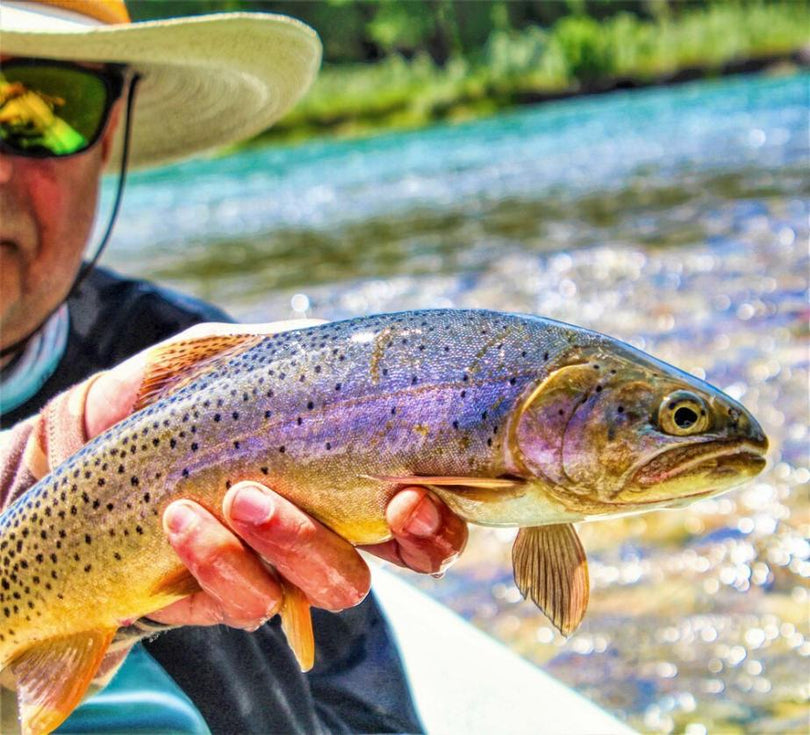
Walleye
The common name, "walleye", comes from the fact that the fish's eyes point outward, as if looking at the walls. This externally facing orientation of the eyes gives anglers an advantage in the dark because a certain eyeshine is given off by the eye of the walleye in the dark, similar to that of lions and other nocturnal animals. This "eyeshine" is the result of a light-gathering layer in the eyes called the tapetum lucidum, which allows the fish to see well in low-light conditions. In fact, many anglers look for walleyes at night since this is when major feeding efforts occur. The fish's eyes also allow them to see well in turbid waters (stained or rough, breaking waters), which gives them an advantage over their prey. Thus, walleye anglers commonly look for locations where a good "walleye chop" (i.e., rough water) occurs. This excellent vision also allows the fish to populate the deeper regions in a lake, and they can often be found in deeper water, particularly during the warmest part of the summer and at night. Walleyes grow to about 31 inches in length, and weigh up to about 20 pounds. Walleyes may live for decades; the maximum recorded age is 29 years.
Since walleyes have excellent visual acuity under low illumination levels, they tend to feed more extensively at dawn and dusk, on cloudy or overcast days, and under choppy conditions when light penetration into the water column is disrupted. Although anglers interpret this as light avoidance, it is merely an expression of the walleyes' competitive advantage over their prey under those conditions. Similarly, in darkly stained or turbid waters, walleyes tend to feed throughout the day. In the spring and fall, walleyes are located near the shallower areas due to the spawning grounds, and they are most often located in shallower areas during higher winds due to the murkier, higher oxygenated water at around six feet deep. On calm spring days, walleyes are more often located at the deep side of the shoreline drop-off and around shore slopes around or deeper than 10 feet. As a result of their widespread presence in Canada and the northern United States, walleyes are frequently caught while ice fishing, a popular winter pastime throughout those regions.



